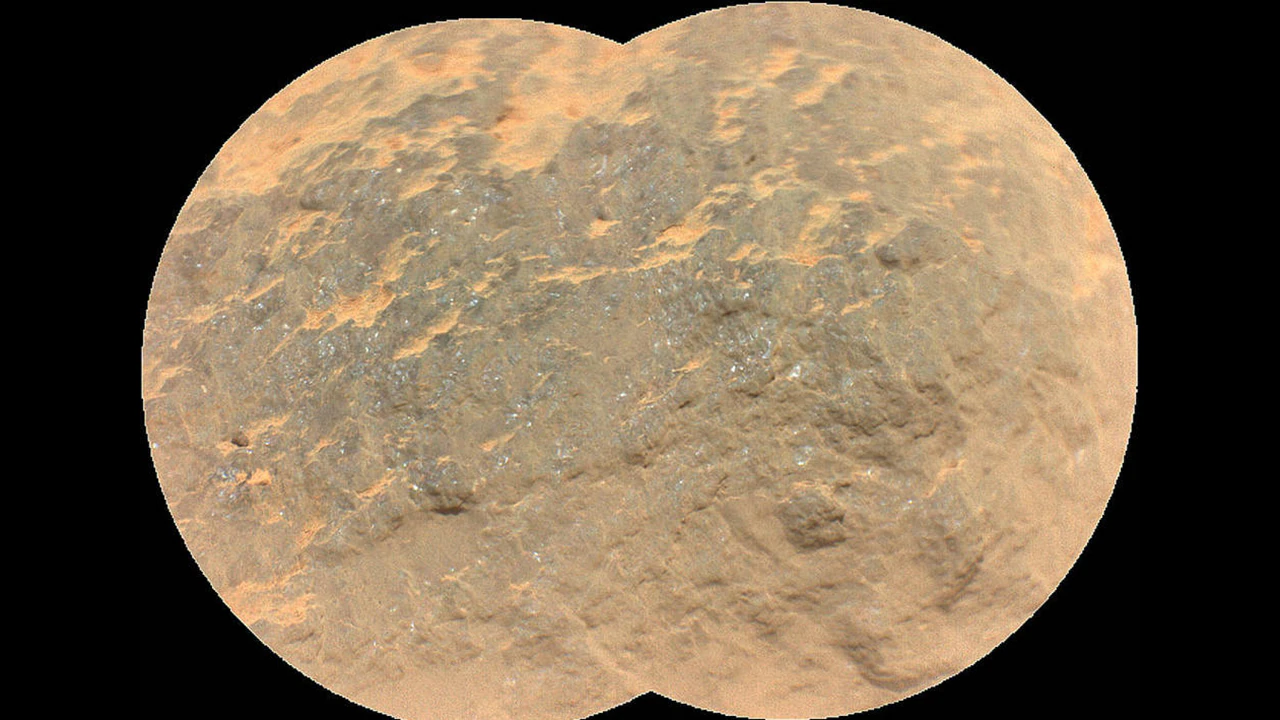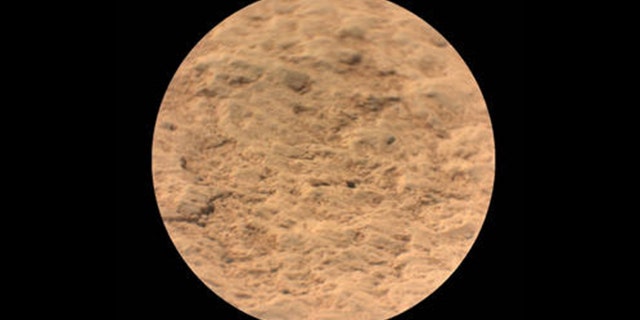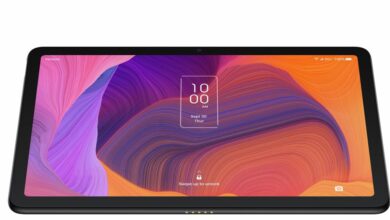Perseverance Mars rover’s SuperCam delivers first readings, identifies rock targets

NASA’s Perseverance Mars rover’s SuperCam instrument has sent back its first readings, including images of its first rock targets.
The targets include “Yeehgo” and “Máaz” — both named in recognition of the Navajo language and in collaboration with the Navajo Nation Office of the President and Vice President.
NASA RELEASES AUDIO RECORDINGS OF FIRST WIND SOUNDS, LASER STRIKES CAPTURED ON MARS
“Yeehgo” is an alternative spelling of “Yéigo,” the Navajo word for diligent, and “Máaz” means Mars in the Navajo language.
Images shared of the targets in a Wednesday release come from the SuperCam’s Remote Micro-Imager (RMI).

This image shows a close-up view of the rock target named “Máaz” from the SuperCam instrument on NASA’s Perseverance Mars rover. It was taken by SuperCam’s Remote Micro-Imager (RMI). “Máaz” means Mars in the Navajo language.
(NASA/JPL-Caltech/LANL/CNES/CNRS)
The SuperCam, a rock-vaporizing instrument mounted on the “head” of the rover’s mast, has the task of helping scientists identify rocks and sediment worthy of examination by using imaging and analysis of the surface’s mineralogy and chemical composition.
A large part of the rover’s mission is to search for and attempt to document proof of ancient microbial life in addition to collecting and caching samples for later return to Earth.
“It is amazing to see SuperCam working so well on Mars,” Roger Wiens, the principal investigator for Perseverance’s SuperCam instrument from Los Alamos National Laboratory in New Mexico, said in the release. “When we first dreamed up this instrument eight years ago, we worried that we were being way too ambitious. Now it is up there working like a charm.”
In a joint news conference with Centre National D’Etudes Spatiales (CNES) and NASA on Wednesday, NASA’s Jet Propulsion Laboratory (JPL) released three historic audio recordings from the planet’s surface.
In one, Mars wind can be heard, although the sound was muffled as the mast with the microphone remained stowed on the rover deck.
In another, SuperCam’s laser is heard impacting — or zapping — “Máaz” 30 times from about 10 feet away.
In addition, the SuperCam reportedly received “excellent first datasets” from the instrument’s visible and infrared (VISIR) sensor as well as its Raman spectrometer.
VISR collects light from the sun to study the mineral content of rocks and sediments, and the Raman spectrometer gives researchers insights into a rock’s mineral composition by using a green laser to “excite the chemical bonds” in a sample to produce a signal depending on what elements are bonded together.”
“I want to extend my sincere thanks and congratulations to our international partners at CNES and the SuperCam team for being a part of this momentous journey with us,” NASA Associate Administrator for Science Thomas Zurbuchen said.
CLICK HERE FOR THE FOX NEWS APP
“SuperCam truly gives our rover eyes to see promising rock samples and ears to hear what it sounds like when the lasers strike them. This information will be essential when determining which samples to cache and ultimately return to Earth through our groundbreaking Mars Sample Return Campaign, which will be one of the most ambitious feats ever undertaken by humanity,” he remarked.
Source link





